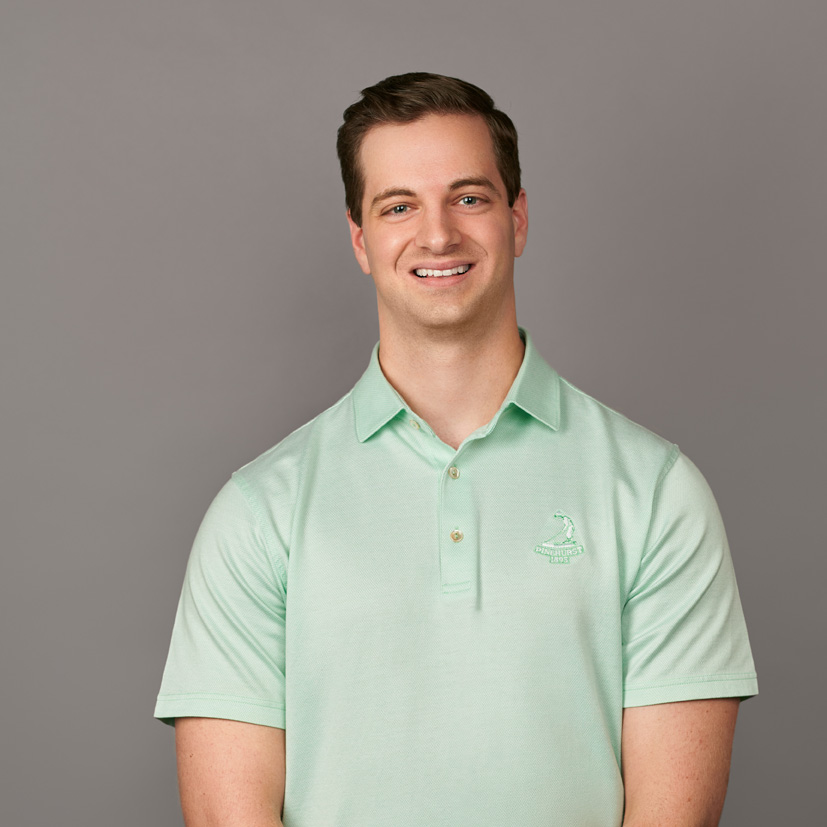
Beyond the Bedside: Breast Cancer Awareness Month
October is National Breast Cancer Awareness Month.
You may notice several groups participating in breast cancer awareness, along with the American Cancer Society. The NFL has
been one of the largest platforms for this in its “Crucial Catch” campaign since 2009. Continuing to raise breast cancer awareness informs patients about the importance of cancer screening, as well as provides support for ongoing cancer research.
Among women in the United States, breast cancer is the most common occurring cancer, excluding skin cancers. The lifetime risk of developing invasive breast cancer is roughly 12.4% (1 in 8 women) for U.S. women. It is the second leading cause of cancer-related death in women. The chances for getting breast cancer increase with age with the median age at diagnosis being 61 years old. However, women with a personal history of breast cancer, a strong family history of breast cancer, a known genetic mutation that increases breast cancer risk (such as BRCA), or chest radiation therapy before age 30 can be at higher risk for developing cancer. While very rare, breast cancer can occur in men.
For average-risk women, the American Cancer Society guidelines for breast cancer screening are as
follows:
- Women 40-44: can start screening with annual mammograms if they chose
- -Women 45-54: should get an annual screening mammogram
- -Women 55 and older can elect to have a mammogram every other year. Screening should continue as
- long as the patient is in good health and expected to have a longer than 10-year life expectancy.
While self-breast exams and clinical breast exams are not to be used for screening purposes, they can be helpful in the detection of breast cancer, especially for those at the highest risk. It is important for women to be familiar with how their breasts normally look and feel, and they should report any changes to a healthcare provider immediately. Some guidelines recommend women begin monthly self-breast exams and annual clinical breast exam with a provider starting at age 20-25.
The 5-year survival rates for early-stage breast cancers (stages 1 and 2) are near 100%.
This means nearly everyone who is diagnosed with early-stage breast cancer is still alive 5 years after getting their cancer diagnosis. This is due to improved screening through regular mammography which can detect breast cancer in the early stages, allowing for early intervention with treatment. Additionally, treatment options through surgery, radiation, and chemotherapy have improved as well.
If you are interested in getting involved locally, the Susan G Komen organization has many opportunities
for donation throughout the year and hosts an annual “Race for the Cure” 5K (also with 1 mile option) in
May.
Resources:
- https://www.cancer.org/about-us/our-partners/nfl.html
- https://www.komen.org/breast-cancer/facts-statistics/breast-cancer-statistics/
- https://www.cancer.org/cancer/types/breast-cancer/screening-tests-and-early-
detection/american-cancer-society-recommendations-for-the-early-detection-of-breast-
cancer.html - https://www.acog.org/clinical/clinical-guidance/practice-bulletin/articles/2017/07/breast-
cancer-risk-assessment-and-screening-in-average-risk-women



